Sonus Paradisi
Skinner, 1924 [Hauptwerk]
Skinner, 1924 [Hauptwerk]
Couldn't load pickup availability
Skinner, opus 497 (1924), San Francisco, CA
Founded in 1850, Temple Emanu-El is the oldest Jewish congregation west of the Mississippi river. This opulent, neo-byzantine building was inspired by the architecture of Hagia Sofia cathedral and was erected in 1924-1926.
The current Skinner organ was manufactured in 1924 at the same time as the new synagogue. The organ has 4 manuals and a pedal (incl. 32' Contrebombarde). When built, the organ contained 58 ranks. The original stop list can be found on the website of the American Pipe Organ Database. Sometime in the 1960s, the organ was rebuilt and enlarged by Swain & Kates. In 1993, a new console was supplied by Schoenstein. Over its history, the instrument has grown to almost 90 ranks and 88 sounding stops. Today, the organ represents an American Classic instrument rather than maintaining Skinner's original sound ideal.
Presented to you by Leonart Studio, your authorised reseller for Sonus Paradisi in Switzerland (shipped internationally). Get your digitally sampled historical organs for the use with the Hauptwerk virtual instrument software.
Share this Sample Set
![Skinner, 1924 [Hauptwerk]](http://artful.shop/cdn/shop/files/ss_skinner1.jpg?v=1693321931&width=1445)
![Skinner, 1924 [Hauptwerk]](http://artful.shop/cdn/shop/files/ss_skinner2.jpg?v=1693321931&width=1445)
![Skinner, 1924 [Hauptwerk]](http://artful.shop/cdn/shop/files/ss_skinner3.jpg?v=1693321932&width=1445)
![Skinner, 1924 [Hauptwerk]](http://artful.shop/cdn/shop/files/ss_skinner4.jpg?v=1693321932&width=1445)
![Skinner, 1924 [Hauptwerk]](http://artful.shop/cdn/shop/files/ss_skinner5.jpg?v=1693321931&width=1445)
![Skinner, 1924 [Hauptwerk]](http://artful.shop/cdn/shop/files/ss_skinner6.jpg?v=1693321930&width=1445)
![Skinner, 1924 [Hauptwerk]](http://artful.shop/cdn/shop/files/ss_skinner7.jpg?v=1693321931&width=1445)
![Skinner, 1924 [Hauptwerk]](http://artful.shop/cdn/shop/files/ss_skinner8.jpg?v=1693321932&width=1445)
![Skinner, 1924 [Hauptwerk]](http://artful.shop/cdn/shop/files/ss_skinner11_892b0190-734a-4b1f-ae72-909e6bd7b532.jpg?v=1693321930&width=1445)
Specification (stop list)
-
Manual I
Choir C–c4
Dulciana 16'
Diapason 8'
Concert Flute 8'
Quintadena 8'
Dulciana 8'
Unda Maris (SW) 8'
Principal 4'
Flute 4'
Nazard 2 2/3'
Piccolo 2'
Larigot 1 1/3'
Tierce 1 3/5'
Septime * 1 1/7'
Fife 1'
Octave Carillon II
Mixture IV
French Trumpet 8'
Clarinet 8'
Orchestral Oboe 8'
Harp
Celesta
Tremulant -
Manual II
Great Organ C–c4
Bourdon 16'
Diapason 8'
Second Diapason * 8'
Harmonic Flute 8'
Erzähler 8'
Chimney Flute (SW) 8'
Flute celeste (SW) 8'
Octave 4'
Flute (SW) 4'
Piccolo (CH) 2'
Mixture III-V
Trumpet 8'
Clairon 4'
Chimes *
Tremulant -
Manual III
Swell C–c4
Bourdon 16'
Diapason 8'
Chimney Flute 8'
Gamba 8'
Bourdon 8'
Voix Celeste II (8')
Flute Celeste II (8')
Unda Maris II (4')
Principal 4'
Flute 4'
Fifteenth 2'
Forest Flute 2'
Sesquialtera II
French Cornet V
Chorus Mixture V
Basson 16'
Cornopean 8'
Corno d'Amour 8'
Vox Humana 8'
Clairon 4'
Tremulant -
Manual IV
Solo/Echo C–c4
Flauto Mirabilis 8'
Gamba 8'
Gamba Celeste 8'
Orchestral Flute 4'
Tuba Mirabilis 8'
French Horn 8'
English Horn 8'
Tremulant
(Echo)
Muted Viole 8'
Flute 8'
Schofar
Chimes
Tremulant -
Pedal
Pédal C–g1
Diapason 32'
Bourdon 32'
Diapason 16'
Bourdon (GT) 16'
Dulciana (CH) 16'
Echo Lieblich (SW) 16'
Violone 16'
Octave 8'
Flute 8'
Cello 8'
Bourdon (GT) 8'
Dulciana (CH) 8'
Gedeckt (SW) 8'
Superoctave 4'
Bourdon (GT) 4'
Gedeckt (SW) 4'
Flute 2'
Bombarde 32'
Trombone 16'
Basson (SW) 16'
Tromba 8'
Basson (SW) 8'
Basson (SW) 4'
Clairon 4' -
Other specification
* - stops added virtually by Sonus Paradisi. Septime can be played instead of Fife, Second Diapason can sound instead of the Mixture. The switches selecting the sounds are found on the Mixer tab.
Couplers:
All the usual couplers available, as usual on the American organ consoles. More couplers can be used via the Hauptwerk Master Couplers panel.
Accessories:
Full organ (SFZ)
Crescendo
3 Swell pedals. Solo and Echo are served by a single pedal as on all Skinner organs. However, on the Pedal Matrix in Hauptwerk, it is possible to split the pedal into two, achieving independent Solo and independent Echo swell pedals.
Divisional and general combinations
History
Skinner, opus 497 (1924), San Francisco, CA
Founded in 1850, Temple Emanu-El is the oldest Jewish congregation west of the Mississippi river. The congregation first gathered for services in a former storage house on Jackson Street until 1865, then in a synagogue built on Sutter Street, and finally in the current building in Presidio Heights. This opulent, neo-byzantine building was inspired by the architecture of Hagia Sofia cathedral and was erected in 1924-1926.
An organ was first used by the San Francisco synagogue in 1857. The Sutter Street Temple built in 1866 also had an organ installed above the altar. The current Skinner organ was manufactured in 1924 at the same time as the new synagogue. This was during the cantorial service of Reuben R. Rinder, who was a key figure for the musical life of the congregation Emanu-El. For example, he started an annual music festival held in the temple where great compositions inspired by Jewish history were performed, such as Handel's Judas Maccabeus or Mendelssohn's Elijah.
The organ has 4 manuals and a pedal (incl. 32' Contrebombarde). The organ's main divisions are located in 5 chambers surrounding the main altar. An echo division is located in a separate chamber at the back of the room. When built, the organ contained 58 ranks. The original stop list can be found on the website of the American Pipe Organ Database. Not much can be tracked reliably about its history, but a few facts are known: In 1926, Skinner himself changed two stops, swapping the Swell Gamba for an Aeoline, and replacing the Gross Bourdon on the Solo for a Flauto Mirabilis. Sometime in the 1960s, the organ was rebuilt and enlarged by Swain & Kates. In 1993, a new console was supplied by Schoenstein. Over its history, the instrument has grown to almost 90 ranks and 88 sounding stops.
Today, the organ represents an American Classic instrument rather than maintaining Skinner's original sound ideal. Skinner's characteristic symphonic sound was changed (or "improved" as those at the time might have said), favoring organ revival aesthetics of the time. For example, two new mixtures were added (one of them replacing the Second Diapason on the Great) and the Choir was changed to become an independent division with its own principal chorus. The fate of the organ seems typical for many other American historical organs. However, most of Skinner's stops are still in place and the changes were done more by adding stops than by subtracting them, thus enriching the possibilities of the instrument. The Skinner base is still recognizable with its abundance of dynamically differentiated foundation stops, restrained upper work, characteristic reeds (French horn, Tuba Mirabilis, Orchestral Oboe, Oboe d'Amour, etc.), but many stops have been revoiced over the years to at least some extent. A particular loss compared to the original specification is the Great Second Diapason, useful for smooth dynamic gradation, and removal of the Septime on Choir with its characteristic tonal color in ensembles. Both these stops were re-created digitally and added to the sample set.
Much American church music written in the 20th century will sound accurate on an instrument of this kind. For example, the compositions of Richard Purvis (1913-1993) almost seem as if written for this organ. Its disposition fits nearly all of Purvis' registration indications, and given Purvis' time in San Francisco as organist at Grace Cathedral he undoubtedly knew of and played this organ.
Features
Features
The samples are offered in 48kHz/24bit resolution. The multiple releases have three levels: short, mid and long. Hauptwerk v4.2 and higher supported. The sample set is offered in a plain wave format, no encryption. The sample set consists of 90.286 individual wav files.
Reverb time
The reverb time is ca. 3 seconds.
Keyboards, pedalboard
The original compass of the keyboards is 61 keys (full 5 octaves). The original compass of the pedal division is 32 keys. Many stops have internal 6th high octave available for the super-couplers.
Tremulants
Most ranks were recorded with and without tremulants for the most convincing tremulant behavior. However, loading the authentic tremmed ranks consumes large amount of RAM. It is possible to select to use the artificial tremulant instead to save RAM (the switch is located on the mixer tab).
Surround format
The sample set is offered in a Surround variant (6 channels). There are two dry channels, two diffuse channels and two rear channels.
The dry channels were recorded at short distance from the organ chambers, but outside, not inside the chambers. The release tails of these dry samples were cut. Therefore, these channels sound dry in Hauptwerk, without any reverberation. They add some lovely brilliance and resolution to the diffuse+rear channels when mixed in. Alternatively, the dry channels can be used solo with some external reverb.
To reproduce the surround format, an audio card with at least 4 output channels is required, dedicating the dry and diffuse channels for the front speakers, and other two channels for the rear speakers.



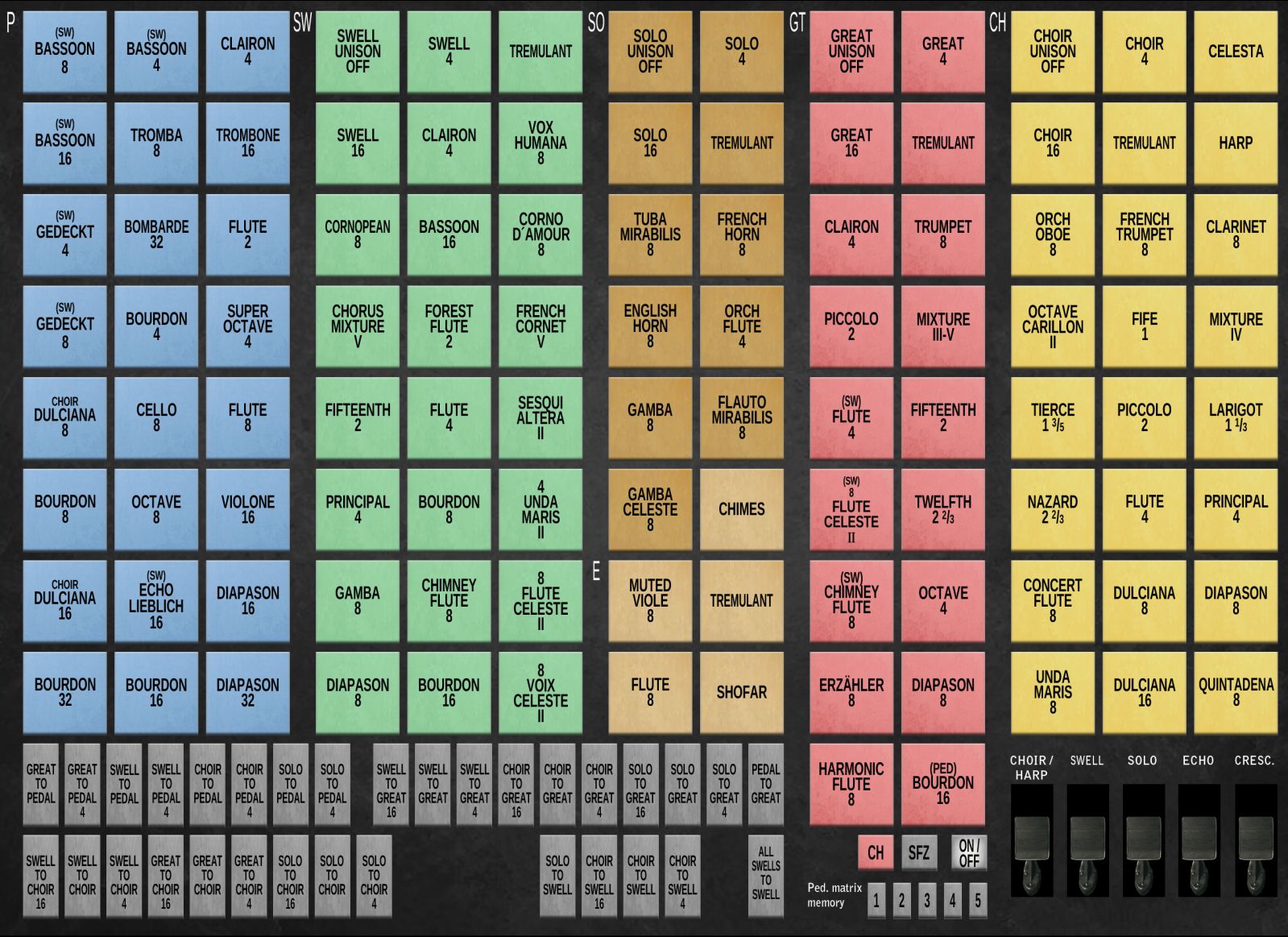
Requirements
Hauptwerk v4.2 and higher supported. The sample set is offered in a plain wave format, no encryption.
RAM consumption: 6-channel surround
16-bit, other settings default: --- (not recommended)
20-bit, other settings default: 68.2 GB
24-bit, other settings default: 71 GB
* loading in 16-bit depth is NOT recommended due to high amount of digital hiss emerging, since the noise floor of the 16-bit depth is too high and very audible with the many samples sounding simultaneously.
RAM consumption: the dry channel solo
24-bit, other settings default: 12.5 GB
Screen resolution 1280x1024 px or more.
Polyphony of 22.000 voices recommended for the full suround (12000 pipes minimum).
This Hauptwerk Sample Set is presented to you by Leonart Studio, an authorised reseller for the manufacturer Sonus Paradisi in Switzerland (shipping internationally). Enjoy this digitally sampled organ library for the use with Hauptwerk software and start expanding your historical organ collection today.
More Hauptwerk Sample Sets
-
Casavant, 1995 [Hauptwerk]
Vendor:Sonus ParadisiRegular price CHF 174.90Regular priceUnit price / per -
Bückeburg, 1997 [Hauptwerk]
Vendor:Sonus ParadisiRegular price From CHF 1.10Regular priceUnit price / per -
Schwerin, Dom, Ladegast Organ 1871 [Hauptwerk]
Vendor:Sonus ParadisiRegular price CHF 616.00Regular priceUnit price / per -
Segovia, 1772 [Hauptwerk]
Vendor:Sonus ParadisiRegular price CHF 317.90Regular priceUnit price / per -
Reuter, 1928 [Hauptwerk]
Vendor:Sonus ParadisiRegular price CHF 473.00Regular priceUnit price / per -
Rotterdam Hoofdorgel, 1973 [Hauptwerk]
Vendor:Sonus ParadisiRegular price From CHF 330.00Regular priceUnit price / perCHF 958.10Sale price From CHF 330.00Sale -
Groningen, 1450-1740 [Hauptwerk]
Vendor:Sonus ParadisiRegular price From CHF 658.90Regular priceUnit price / perCHF 1,681.90Sale price From CHF 658.90Sale -
Frankfurt a.d. Oder, 1975 [Hauptwerk]
Vendor:Sonus ParadisiRegular price From CHF 220.00Regular priceUnit price / perCHF 550.00Sale price From CHF 220.00Sale -
Piacenza, 1838 [Hauptwerk]
Vendor:Sonus ParadisiRegular price CHF 330.00Regular priceUnit price / per -
Lüdingworth, 1683 [Hauptwerk]
Vendor:Sonus ParadisiRegular price CHF 330.00Regular priceUnit price / per


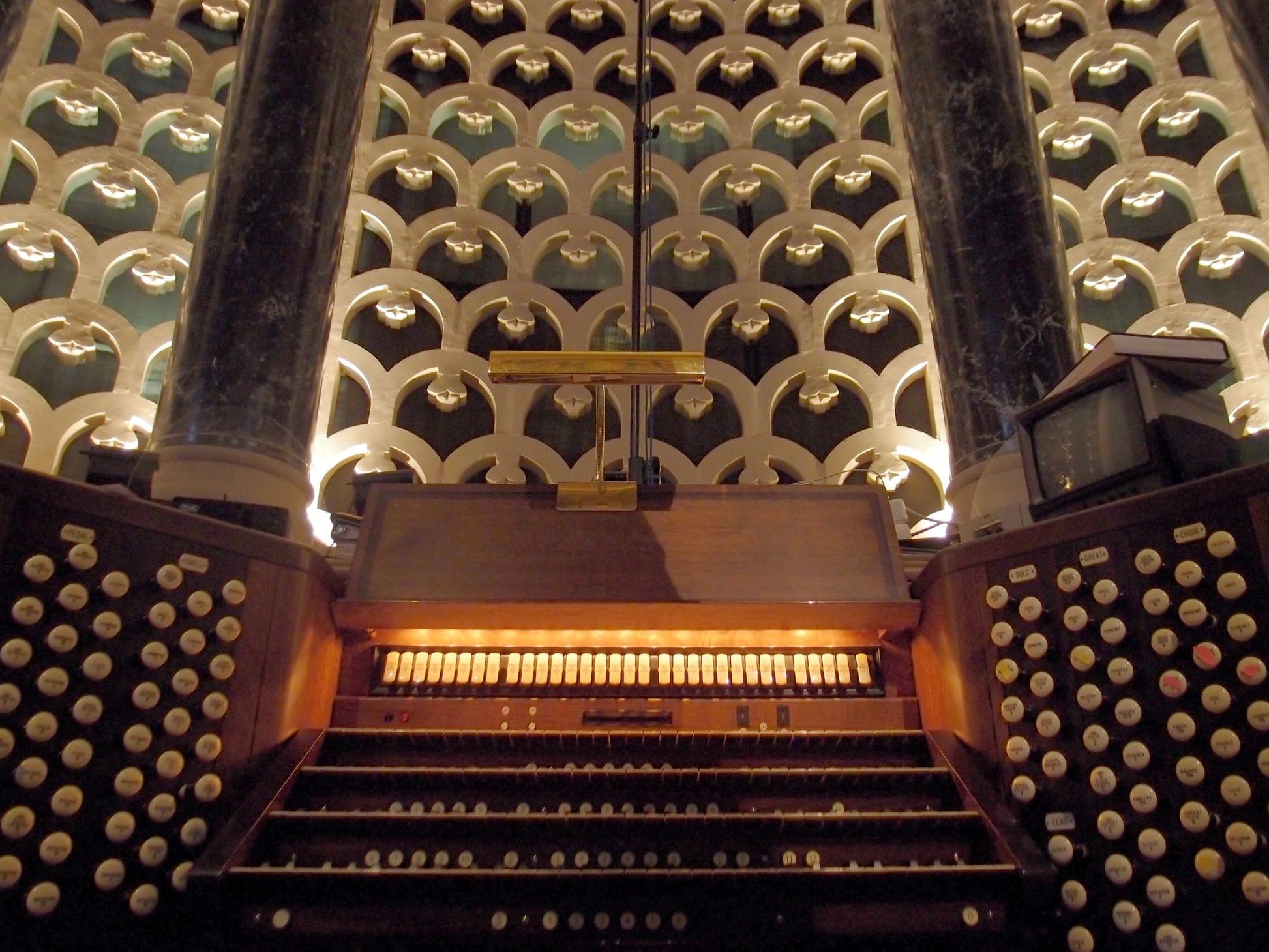
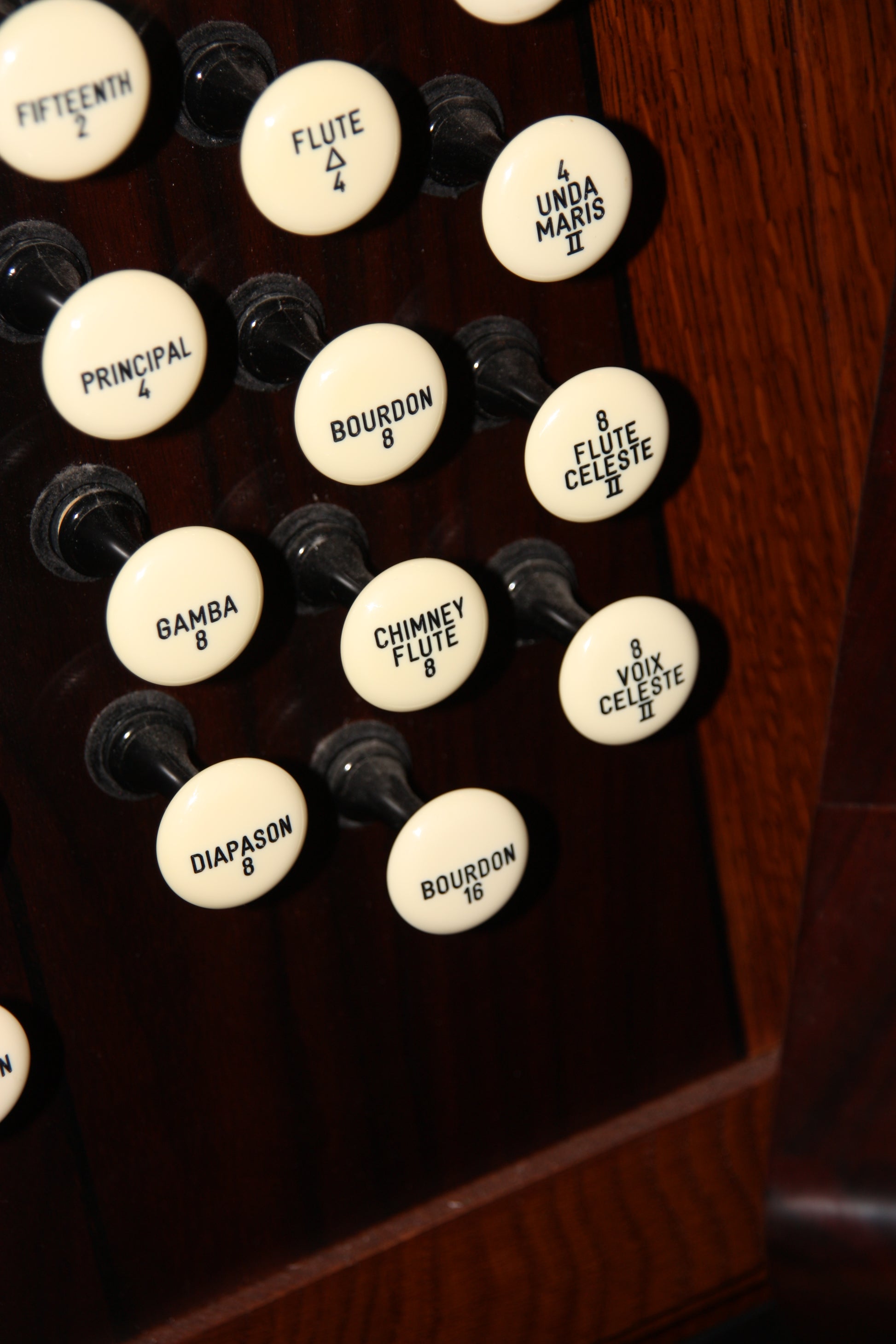

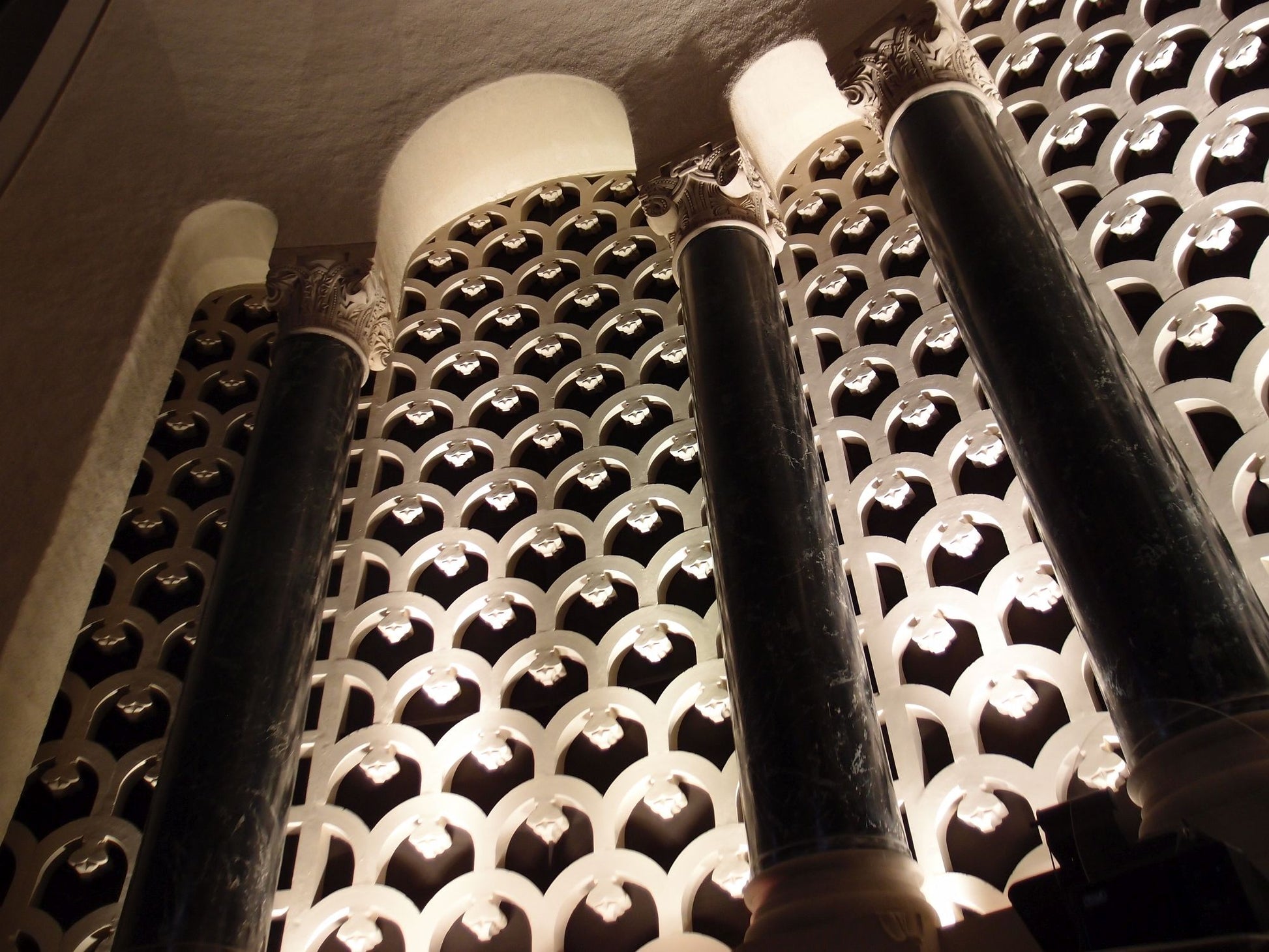
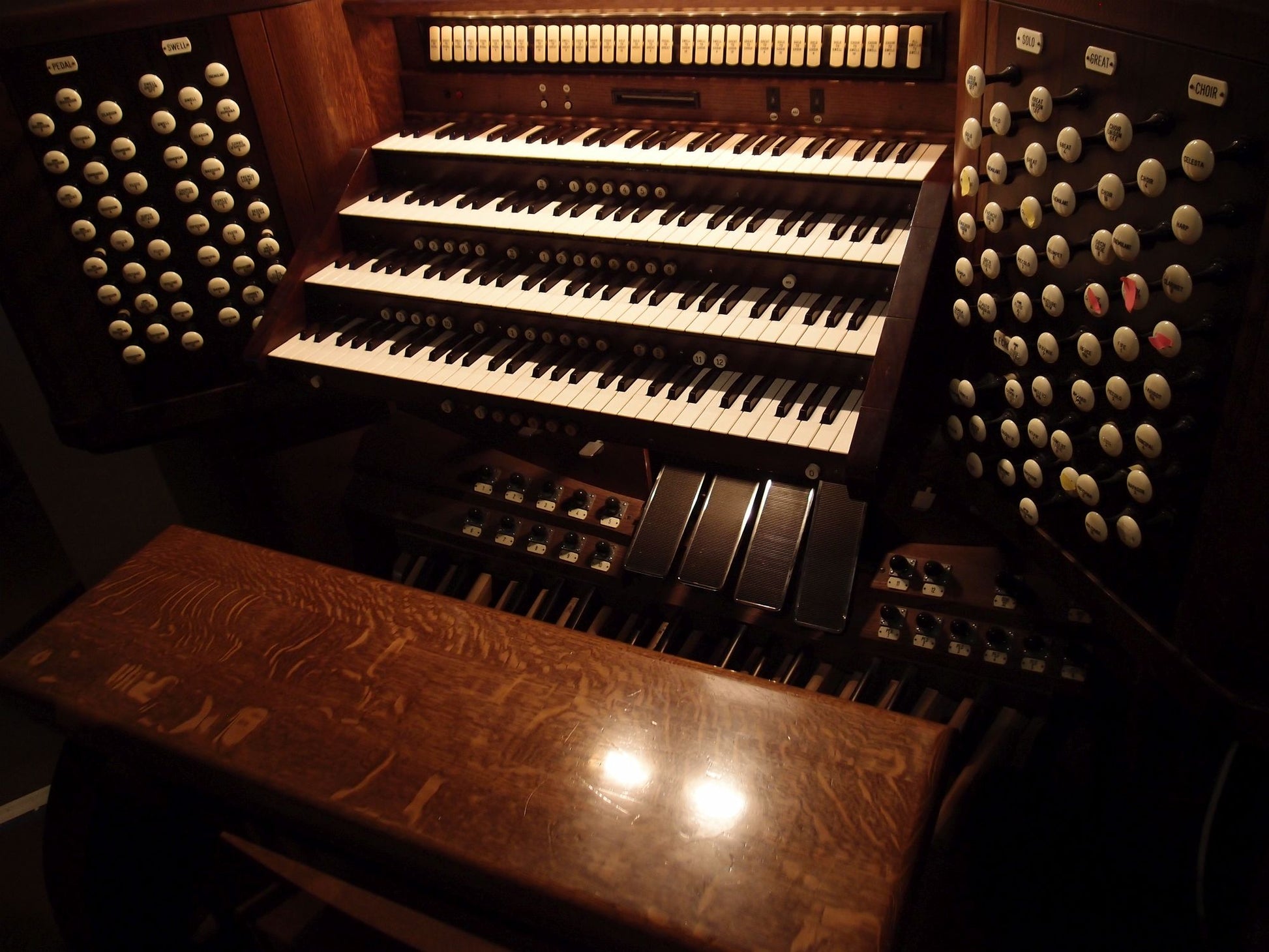
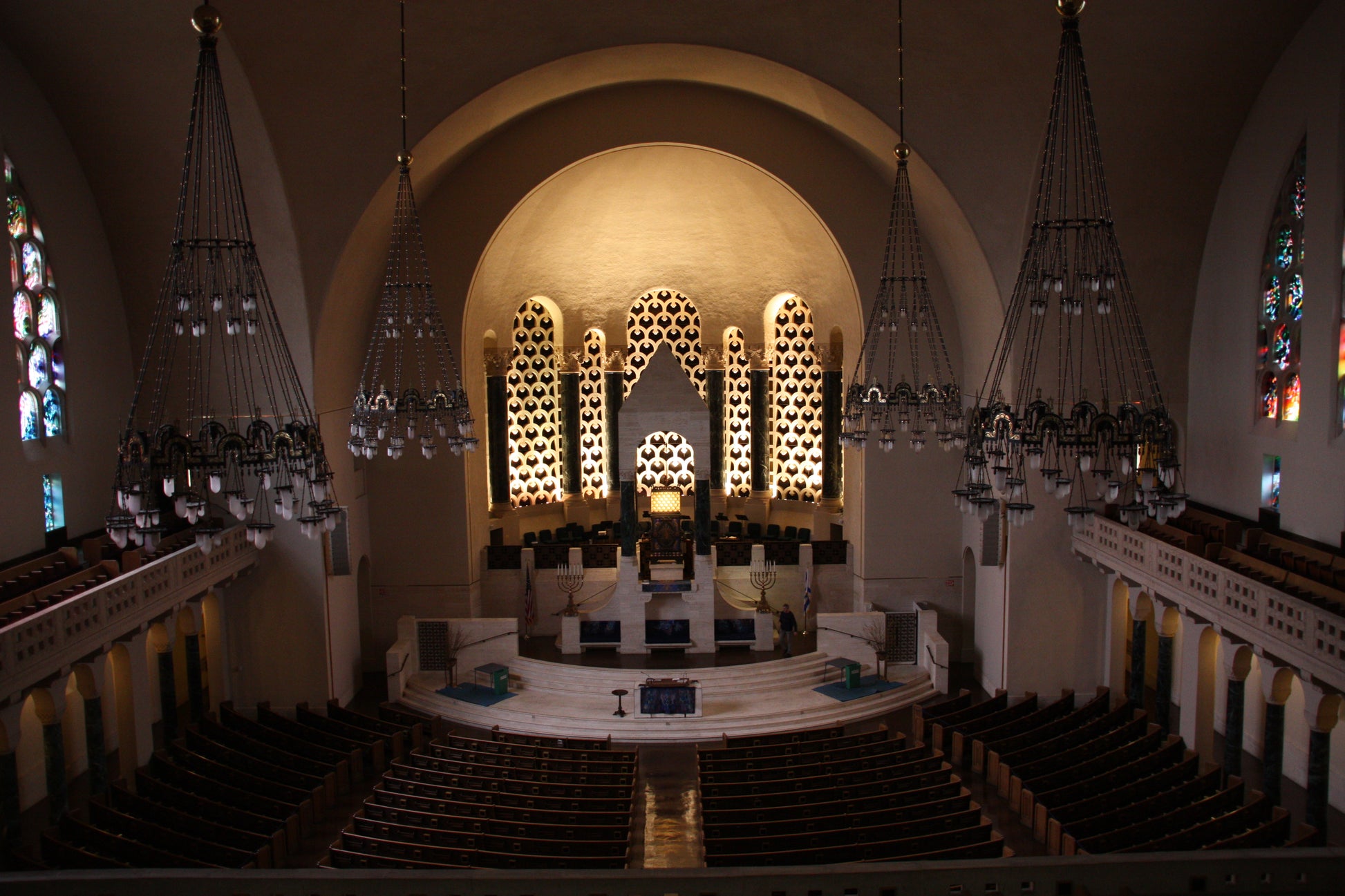
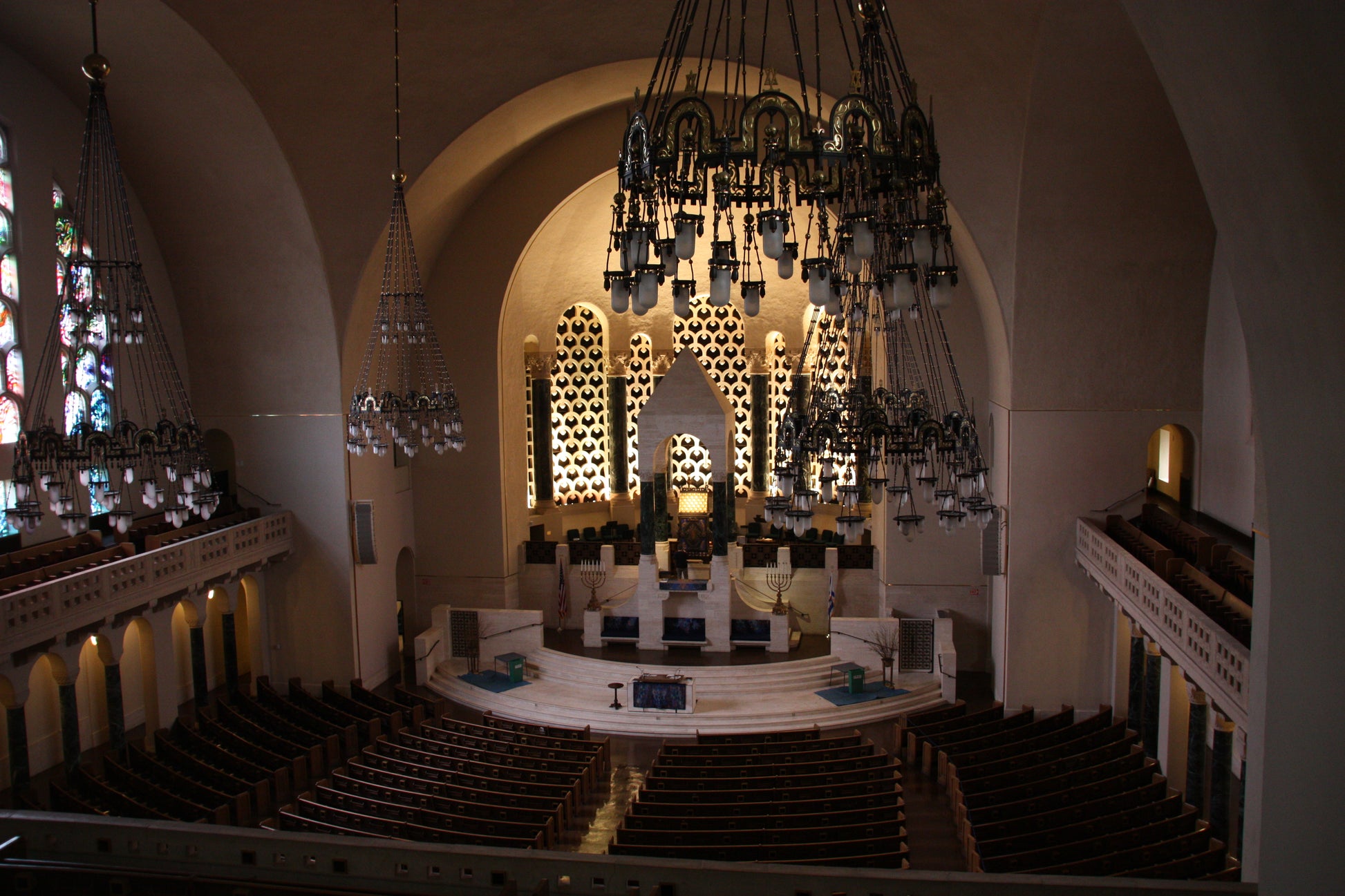
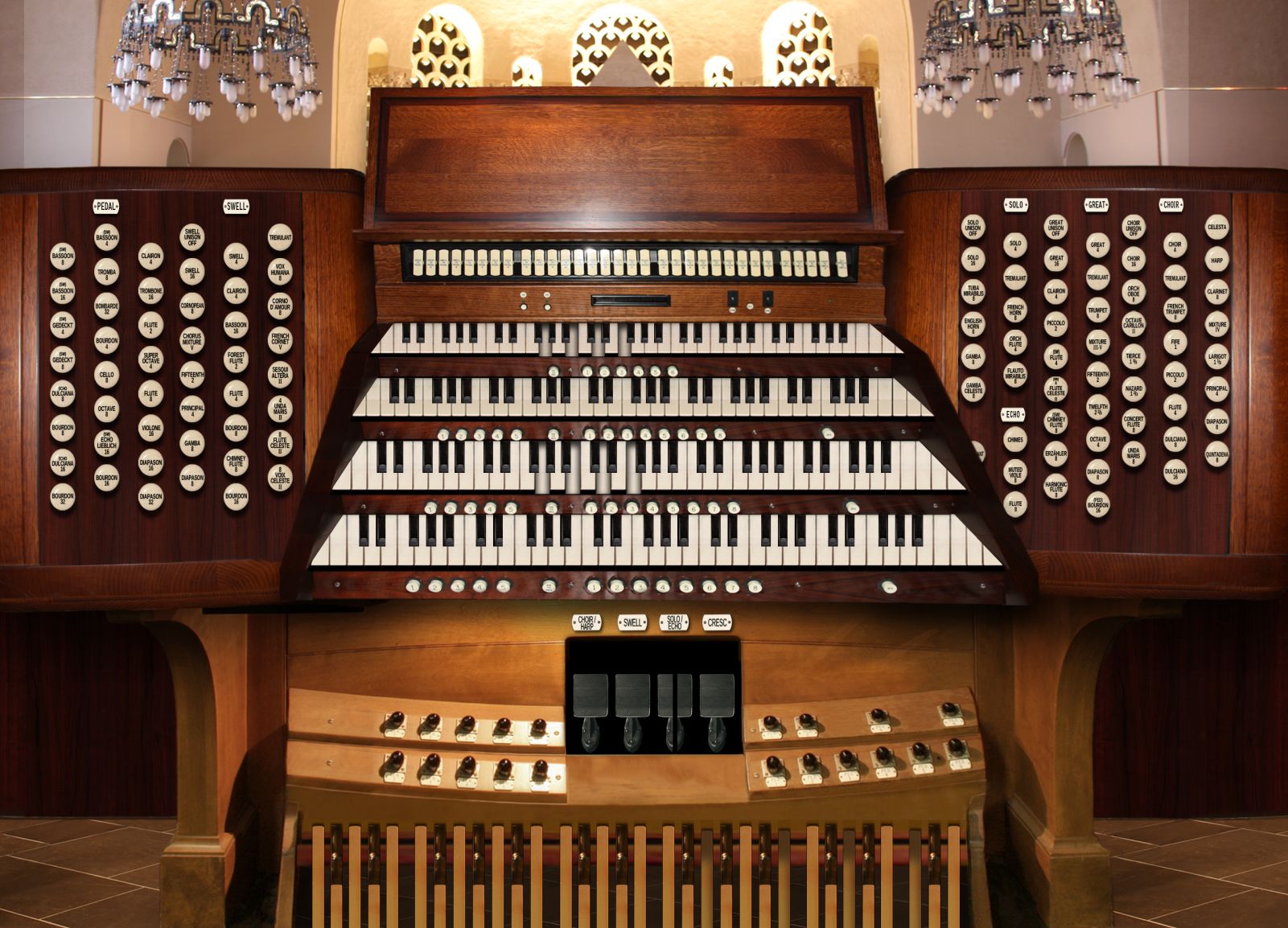
![Casavant, 1995 [Hauptwerk]](http://artful.shop/cdn/shop/files/ss_casavant1.jpg?v=1693319885&width=533)
![Bückeburg, 1997 [Hauptwerk]](http://artful.shop/cdn/shop/files/ss_bueckeburg1.jpg?v=1692967628&width=533)
![Schwerin, Dom, Ladegast Organ 1871 [Hauptwerk]](http://artful.shop/cdn/shop/files/ladegast1.jpg?v=1759140126&width=533)
![Segovia, 1772 [Hauptwerk]](http://artful.shop/cdn/shop/files/ss_segovia1.jpg?v=1714213906&width=533)
![Reuter, 1928 [Hauptwerk]](http://artful.shop/cdn/shop/files/ss_Reuter1.jpg?v=1693321024&width=533)
![Rotterdam Hoofdorgel, 1973 [Hauptwerk]](http://artful.shop/cdn/shop/files/ss_RotterdamMain1.jpg?v=1693279529&width=533)
![Groningen, 1450-1740 [Hauptwerk]](http://artful.shop/cdn/shop/files/ss_Groningen1.jpg?v=1693275425&width=533)
![Frankfurt a.d. Oder, 1975 [Hauptwerk]](http://artful.shop/cdn/shop/files/ss_frankfurtoder1.jpg?v=1692974219&width=533)
![Piacenza, 1838 [Hauptwerk]](http://artful.shop/cdn/shop/files/ss_piacenza1.jpg?v=1693003521&width=533)
![Lüdingworth, 1683 [Hauptwerk]](http://artful.shop/cdn/shop/files/ss_luedingworth1.jpg?v=1692998051&width=533)